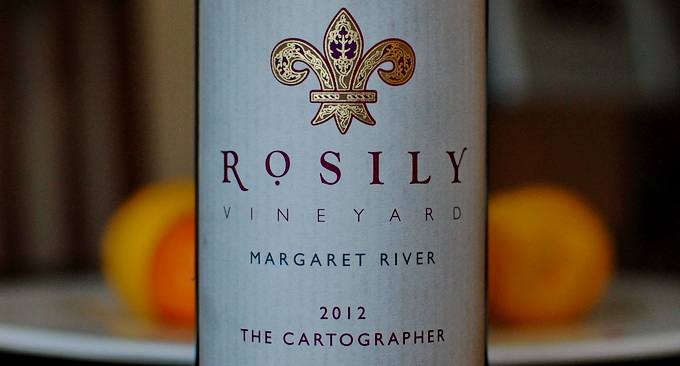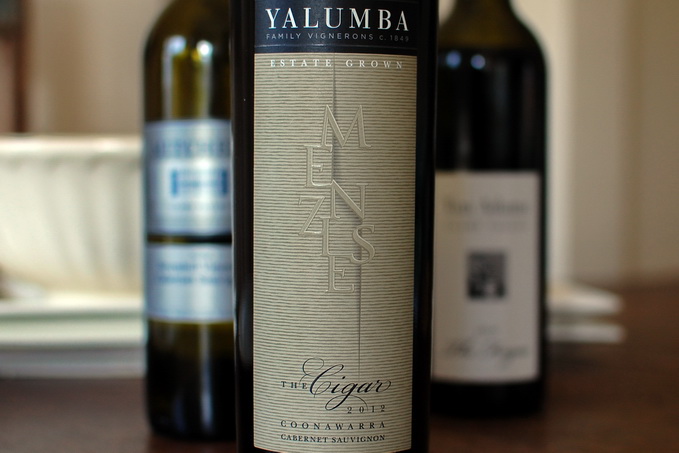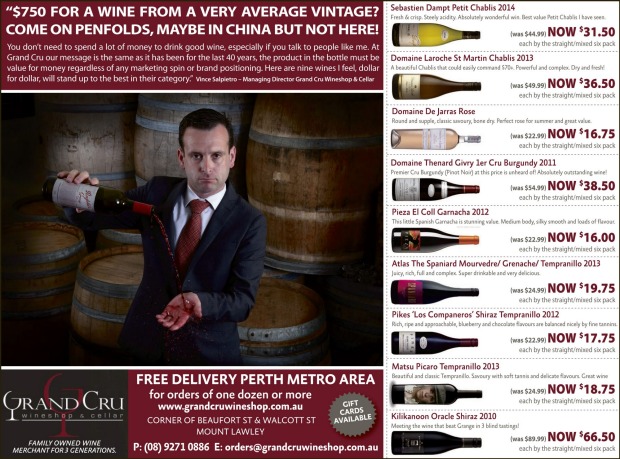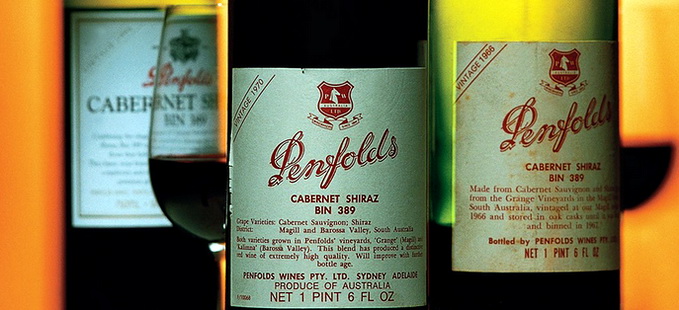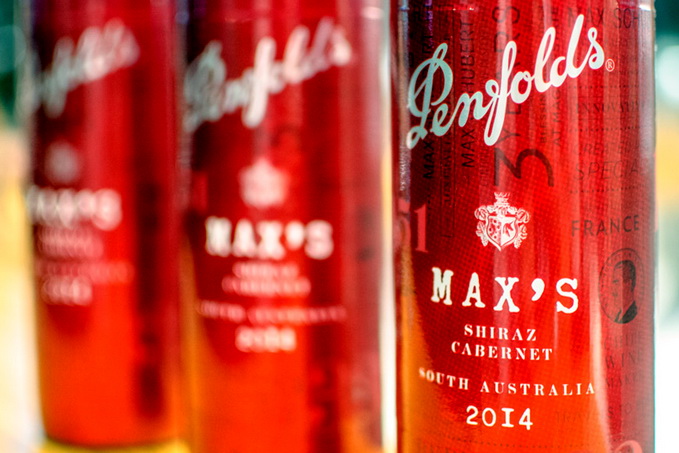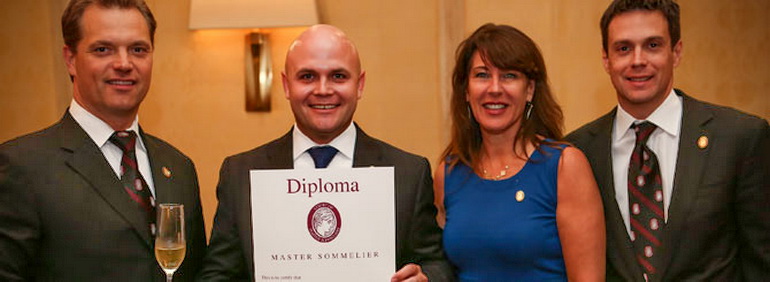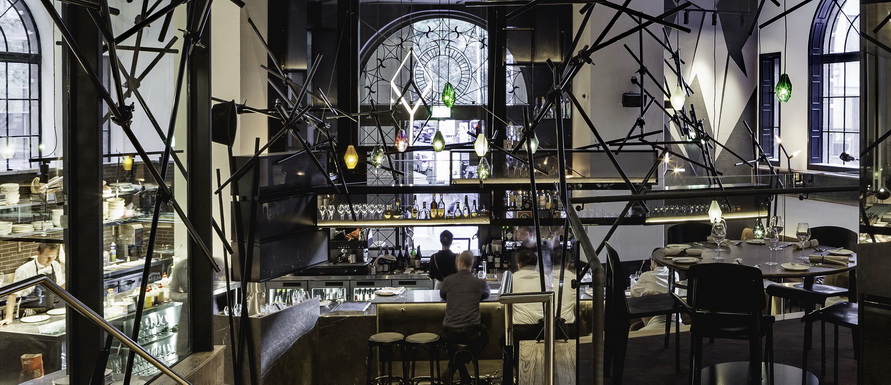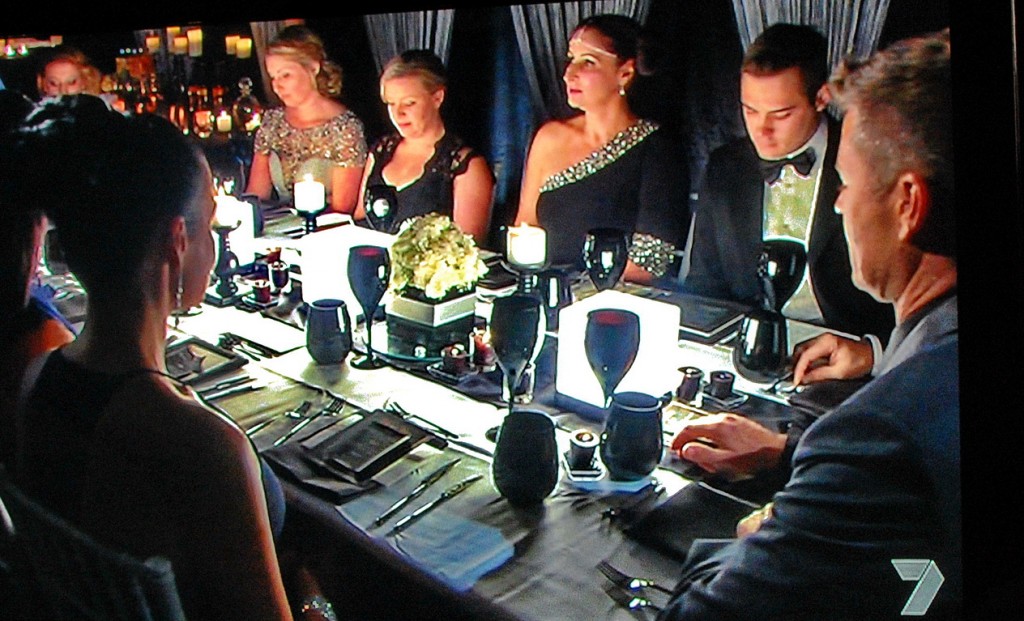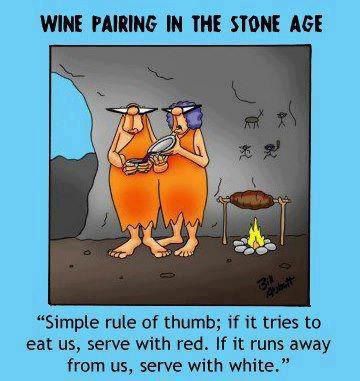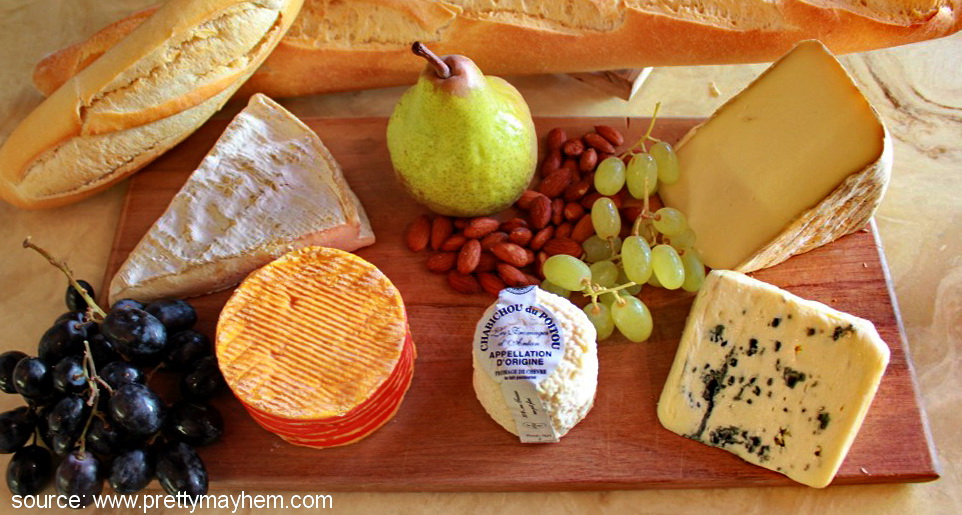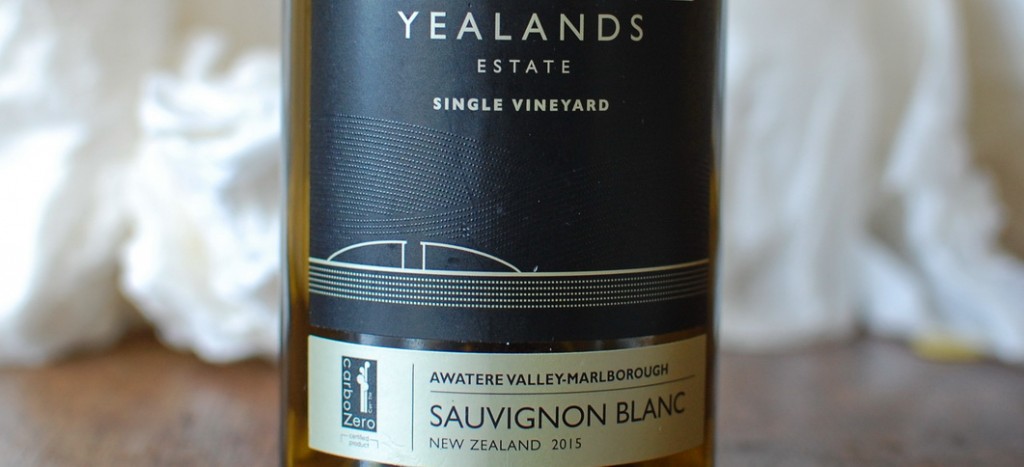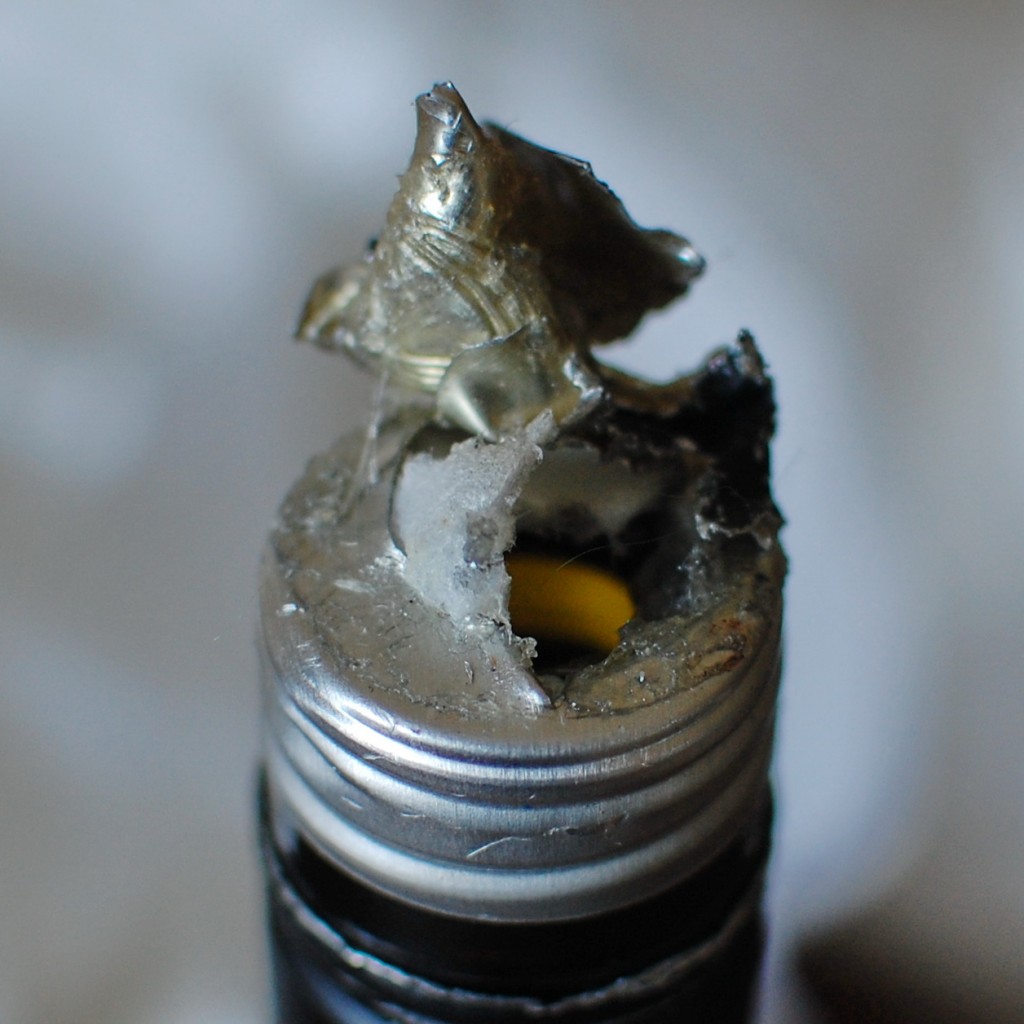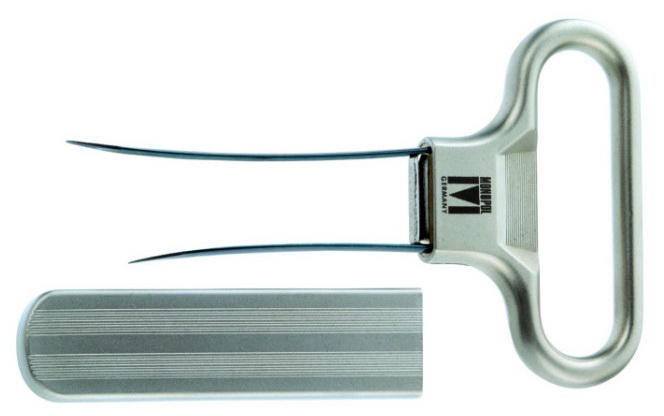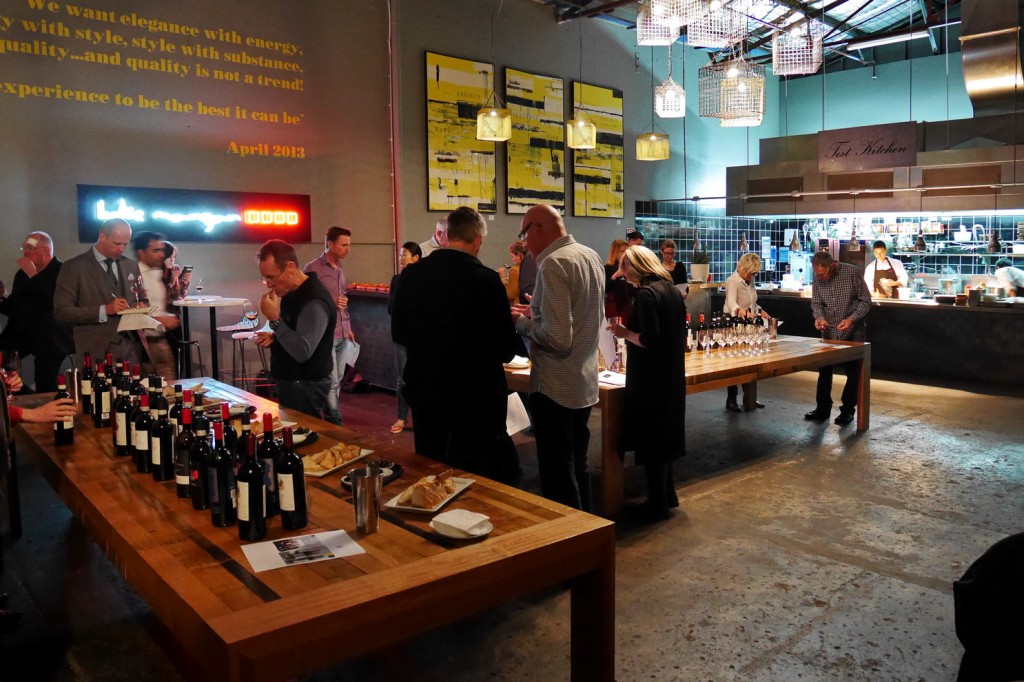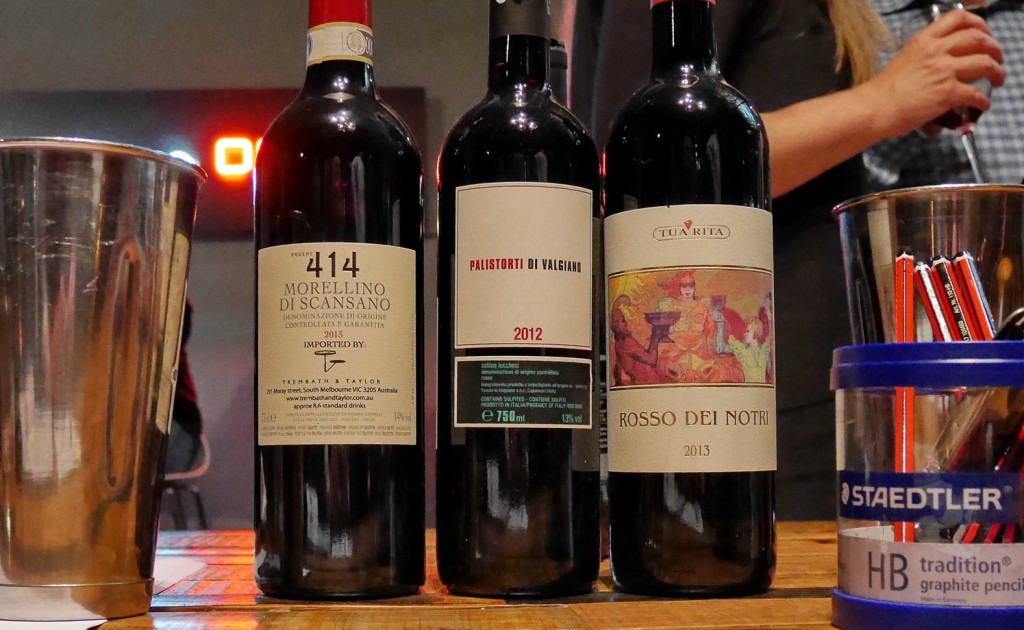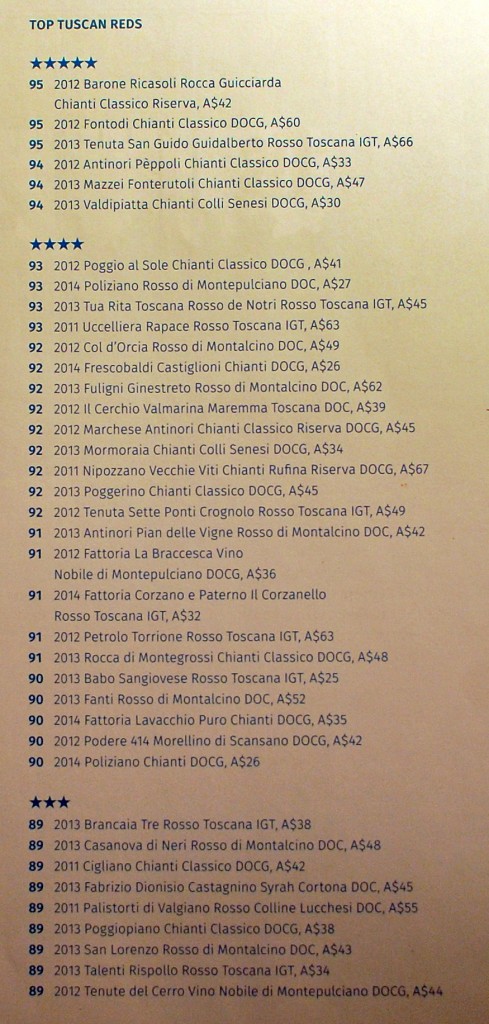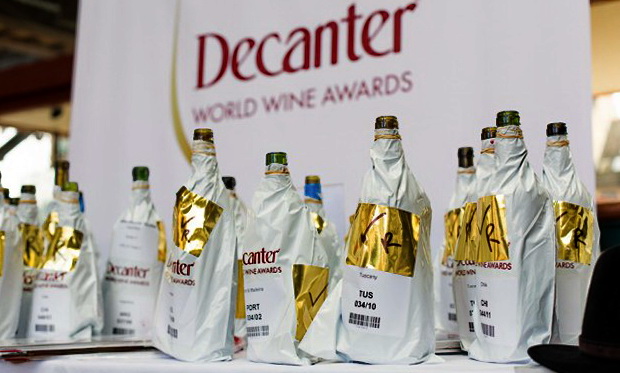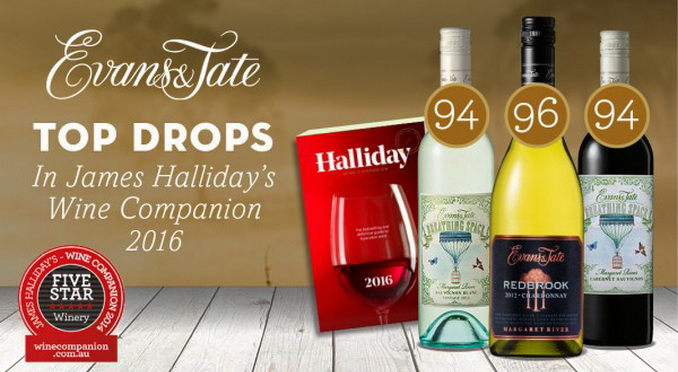Youth can be Raw and Brash
This week, I had a group of South Australian Shiraz reds to taste and review, and what struck me was the difference a year or two in bottle makes. Of course, this is not news, but sometimes an illustration underscores the validity of a well-known idea.
The 2015s were simply not ready to be let loose on the world, and they were $20 reds from Head Wines and Wirra Wirra. A 2014 Bremerton Selkirk Shiraz showed better (and scored higher) simply because it had a chance to settle down for another year. The 2013 Yangarra was more settle again.
Why are wineries releasing 18-month-old reds? I can understand a small operator like Alex Head doing this, but Wirra Wirra should have enough in reserve to keep the reds a bit longer. The Church Block 2014 is a case in point: it needs more time for the various components to make peace with each other.
Maturity is Satisfying
We have a choice, that’s the good news. Lots of wineries have already released 2015 reds and 2016 whites, but we also have wineries like Mitchell in the Clare which releases its reds up to 8 years old. You can buy the Cabernet 2008 at Dan M’s, or the Semillon 2013 at Kemenys. There are also wine merchants with good stocks of older wines, and then there are the cellar releases from Dan M. The other good news is that most of these older wines are no dearer than their younger counterparts.
Here’s a shortlist of good examples:
Hidden Label Coonawarra Cabernet Sauvignon 2012 – $10. This is Wynns The Siding Cabernet
Hidden Label Central Victoria Cabernet Sauvignon 2012 – $14 at Kemenys. This is Tahbilk Cabernet under a Hidden Label
Penfolds Thomas Hyland Shiraz 2012 – $15 at Kemenys
Wirra Wirra Church Block Cabernet Blend 2013 – $15 at WSD. IMHO a better wine than the 2014
Mojo by Rockbare Cabernet Sauvignon 2012 – $16 at Kemenys
OLeary Walker Shiraz 2013 – $18 at WSD
Hidden Label Langhorne Creek Cabernet Malbec 2012 – $19 at Kemenys. Bleasdale Frank Potts Cabernet Blend under a Hidden Label
Leasingham Bin 56 Cabernet Malbec 2010 – $19 at Kemenys
Hewitson Miss Harry Dry Grown GSM 2012 – $20 at WSD
Mildara Coonawarra Cabernet Sauvignon 2012 – $20 at Dan M’s
Sons Of Eden Sons of Eden Pumpa Cabernet Shiraz 2013 – $21 at Winelistaustralia (WineSellersDirect and Winelistaustralia are both owned by the di Pietro family in Melbourne).
Yalumba The Cigar Cabernet Sauvignon 2012 – $22 at Jim’s Cellars
Rosily The Cartrographer 2012 – $23 at the winery
Alpha Crucis Titan Shiraz 2010 – $24 at Kemenys
Wynns Coonawarra Cellar Release Black Label Cabernet Sauvignon 2006 – $40 at Winesellersdirect.
So here is another advantage we offer at Best Wines Under $20: most wine review sites review only the latest releases, often so late that you won’t yet see them in the shops which wastes time and cause frustration. We tell you where to find older gems that for reasons beyond our ken are still in stock somewhere.
Kim

